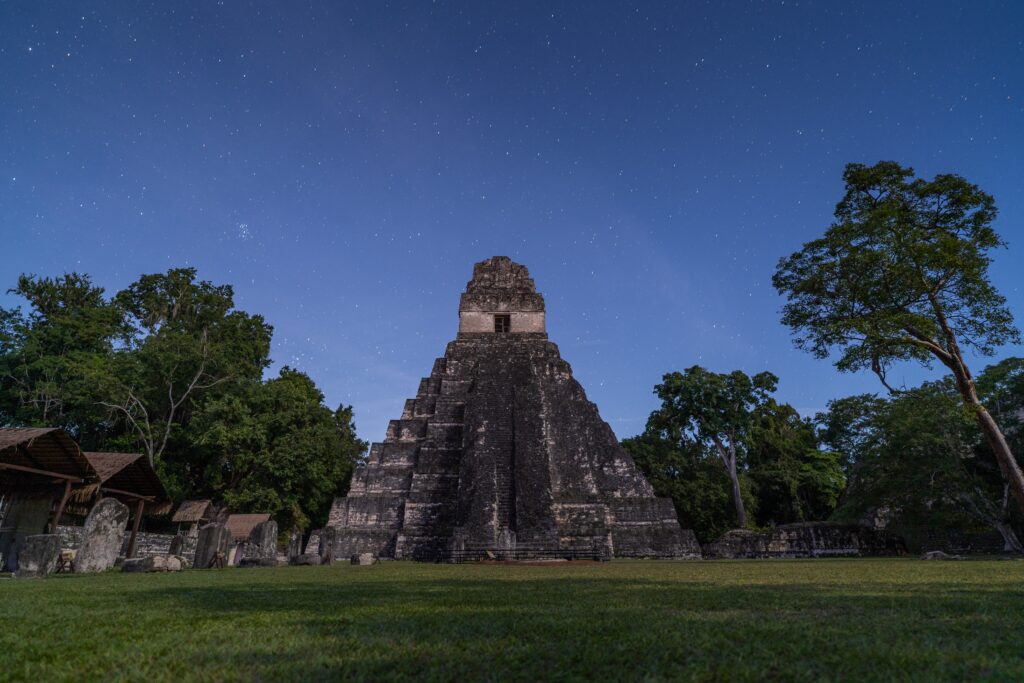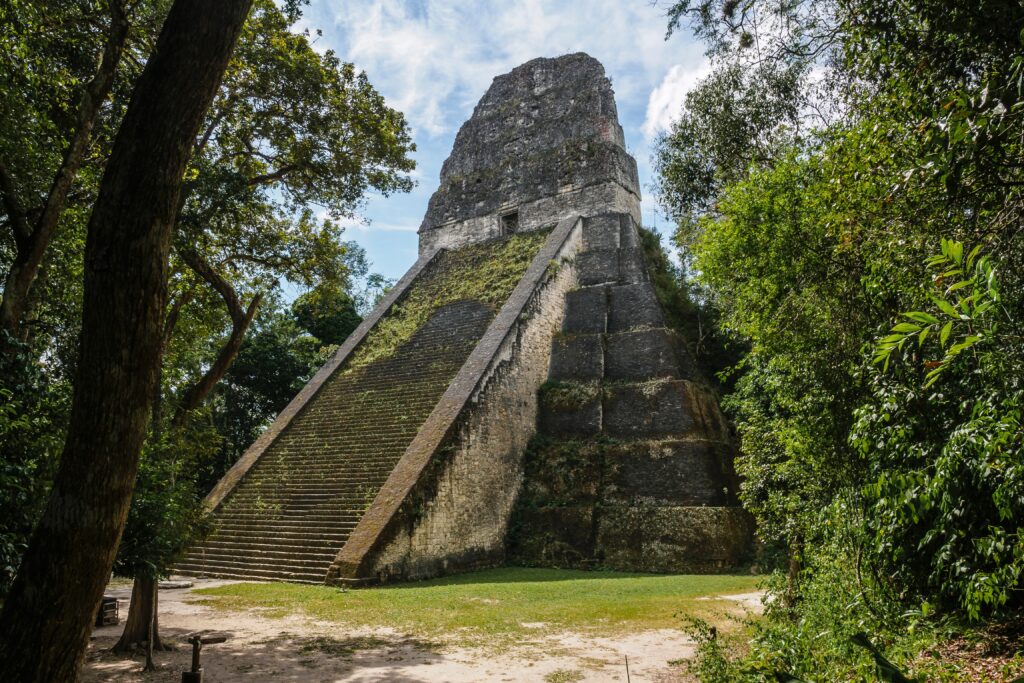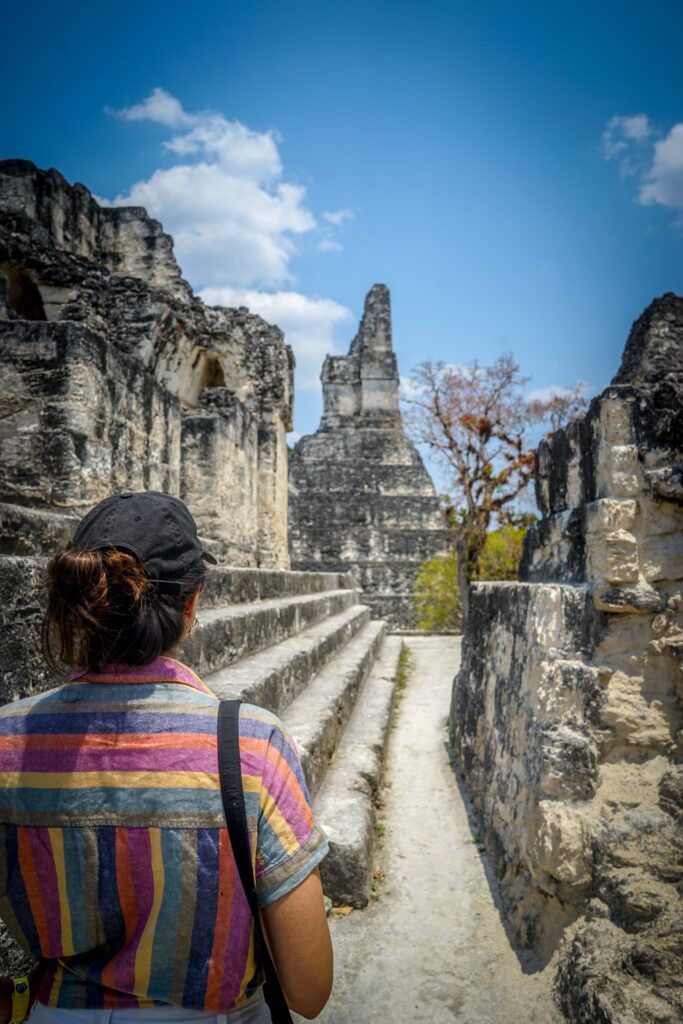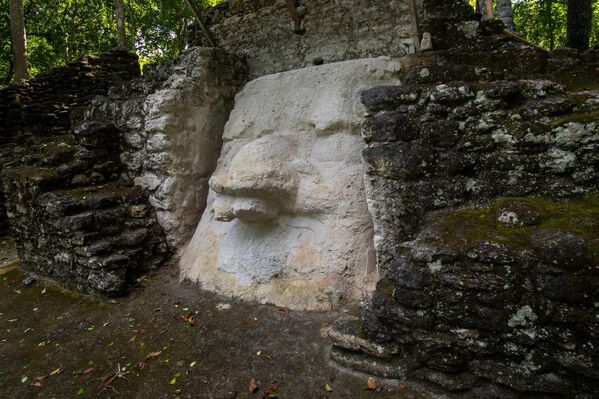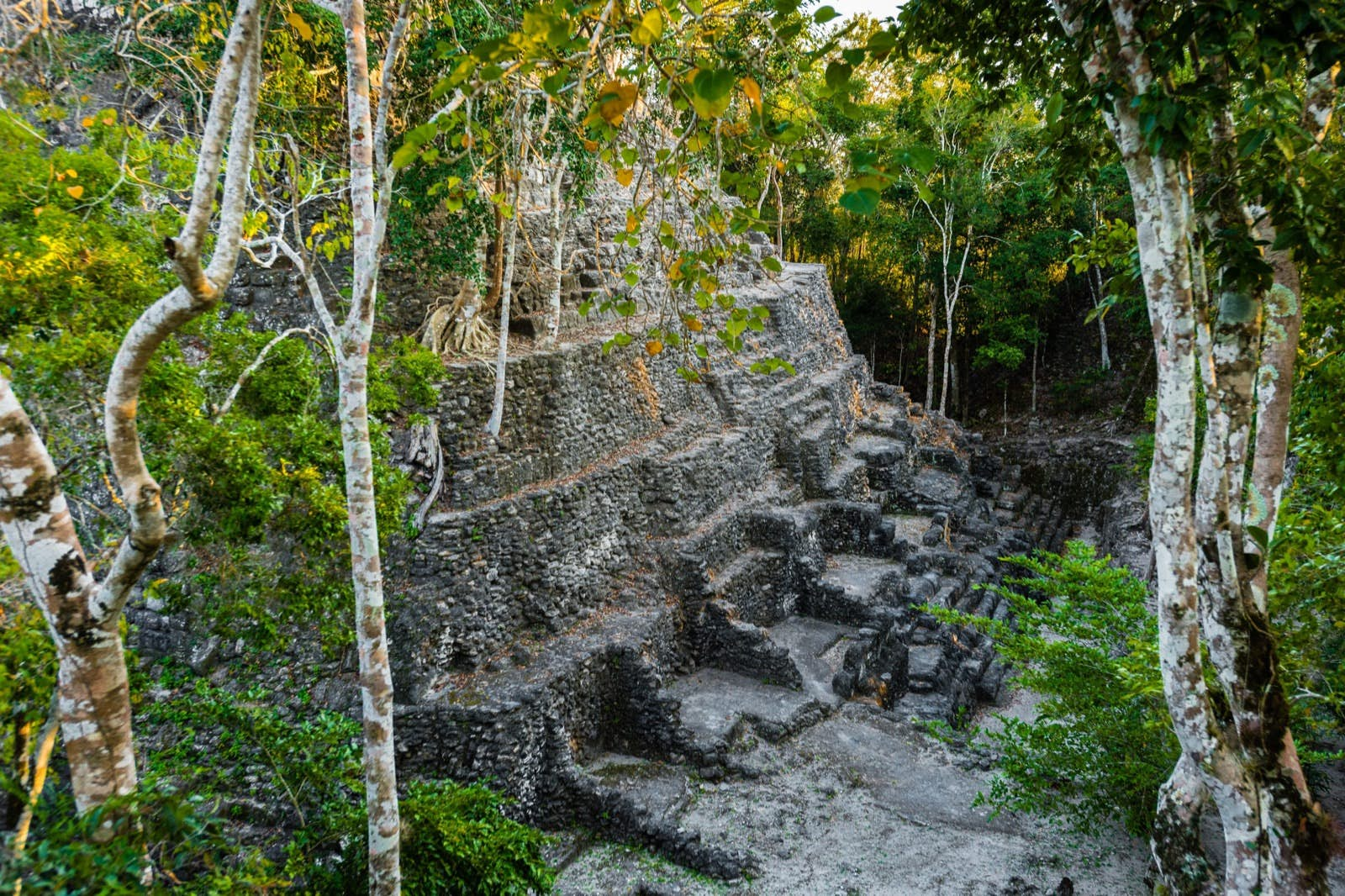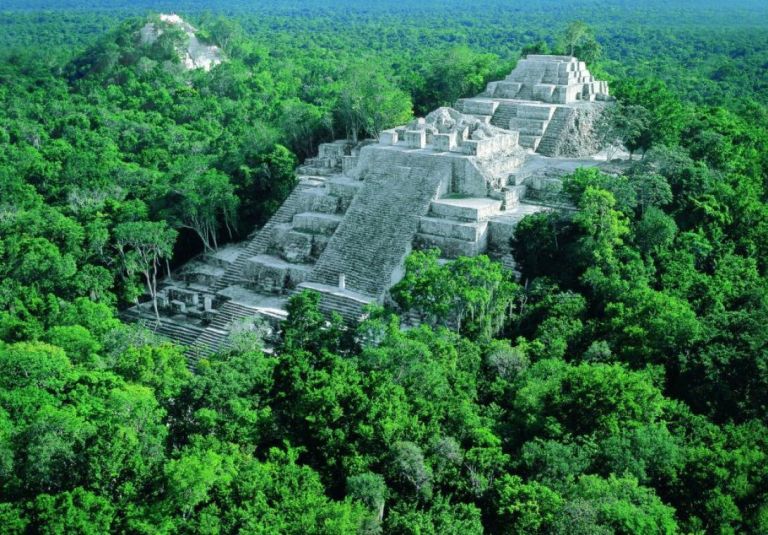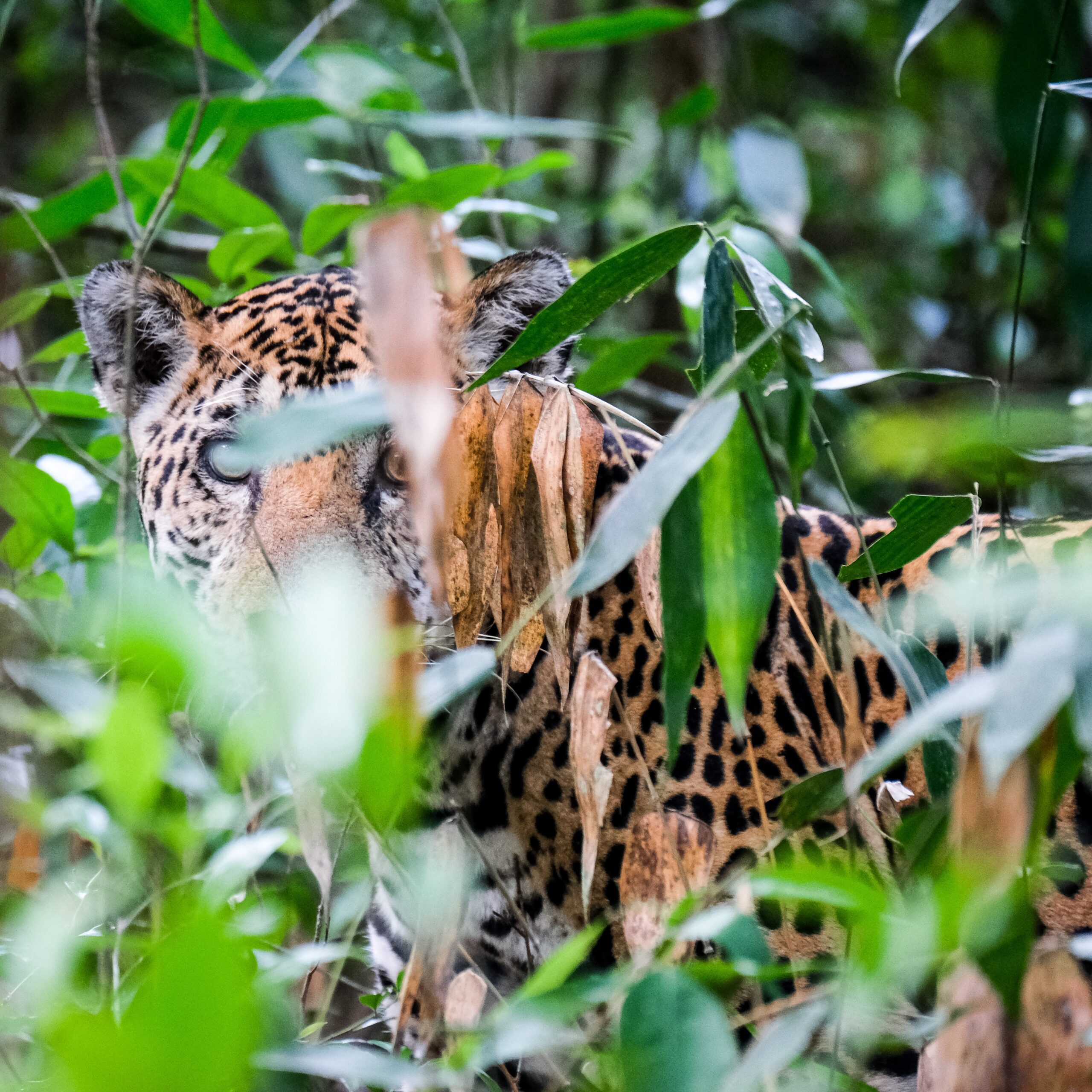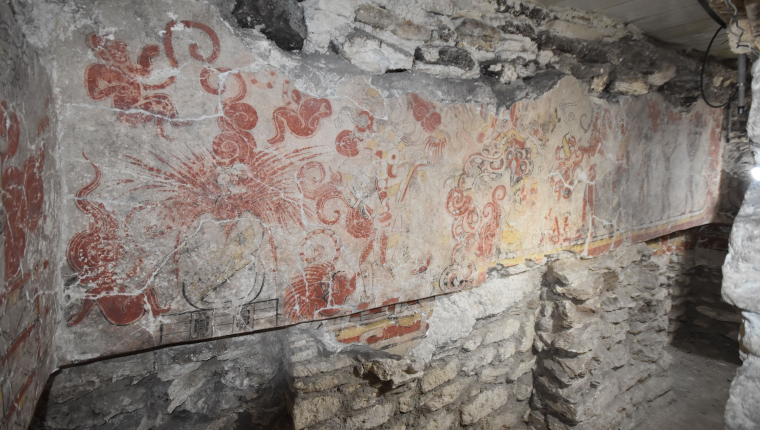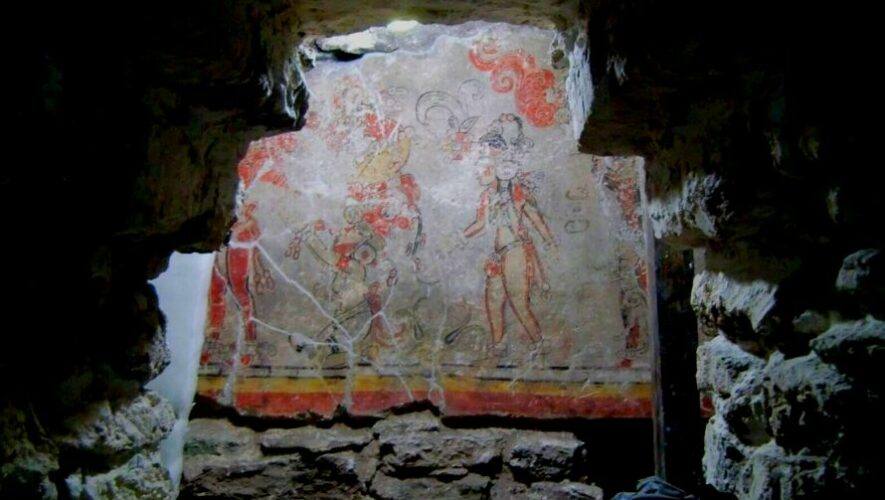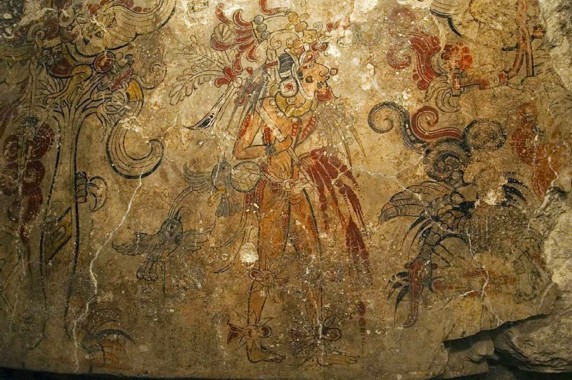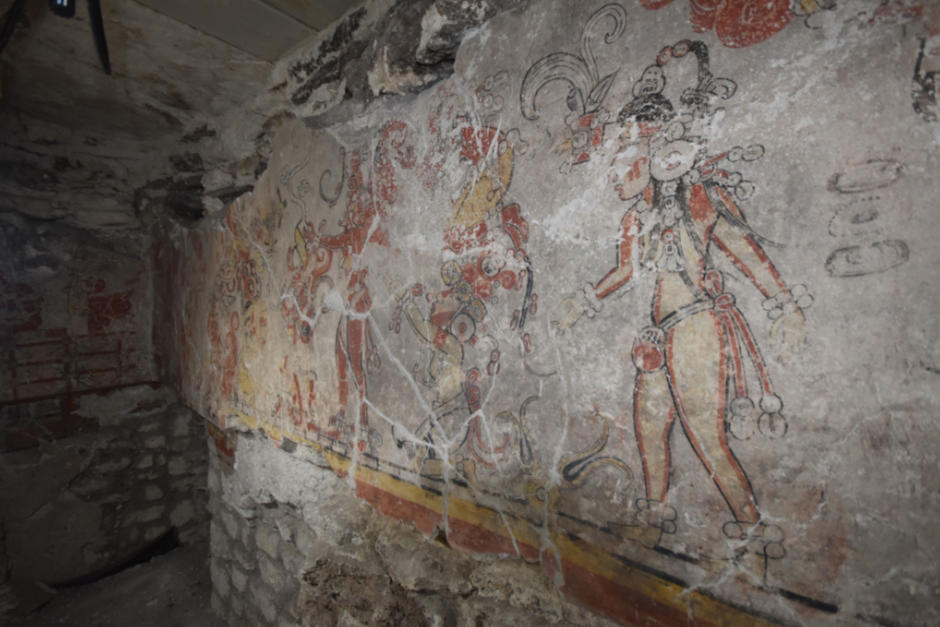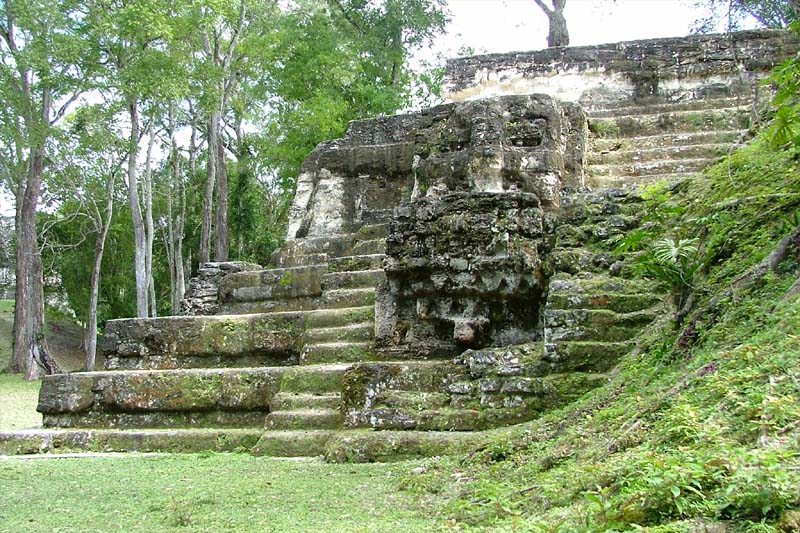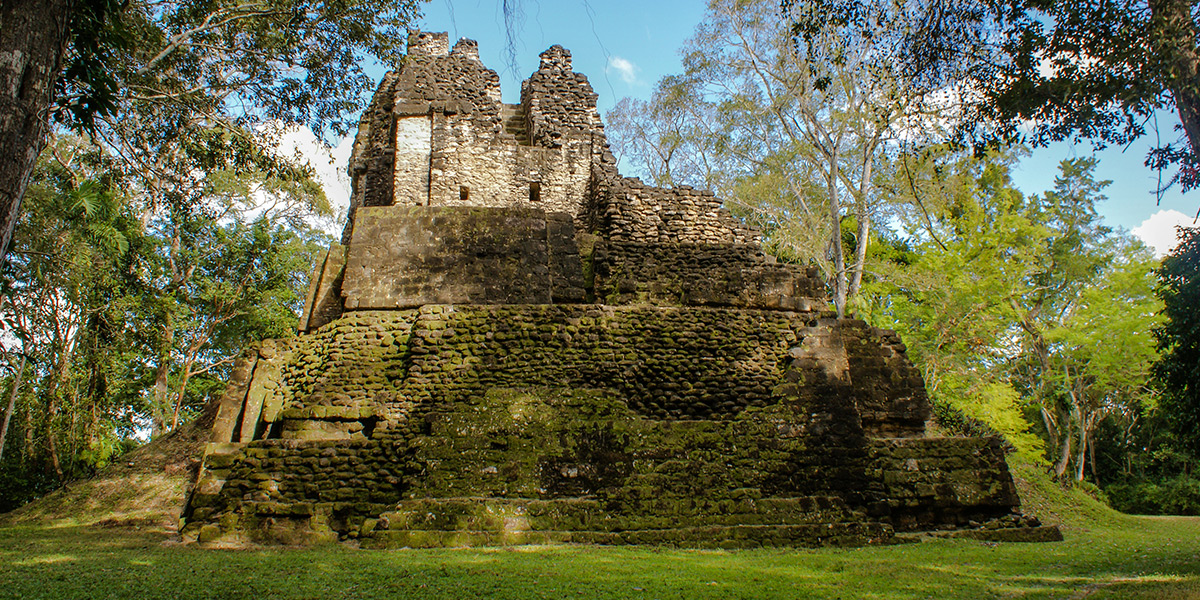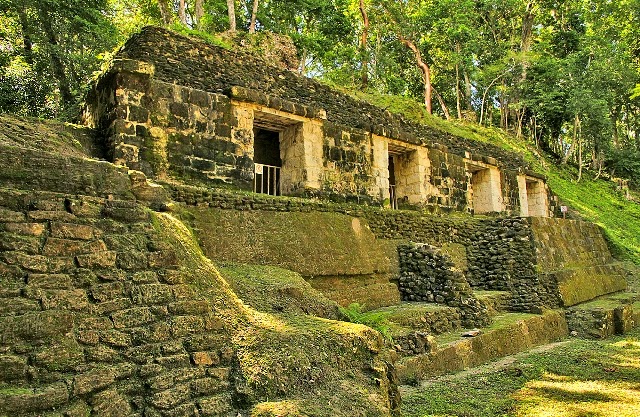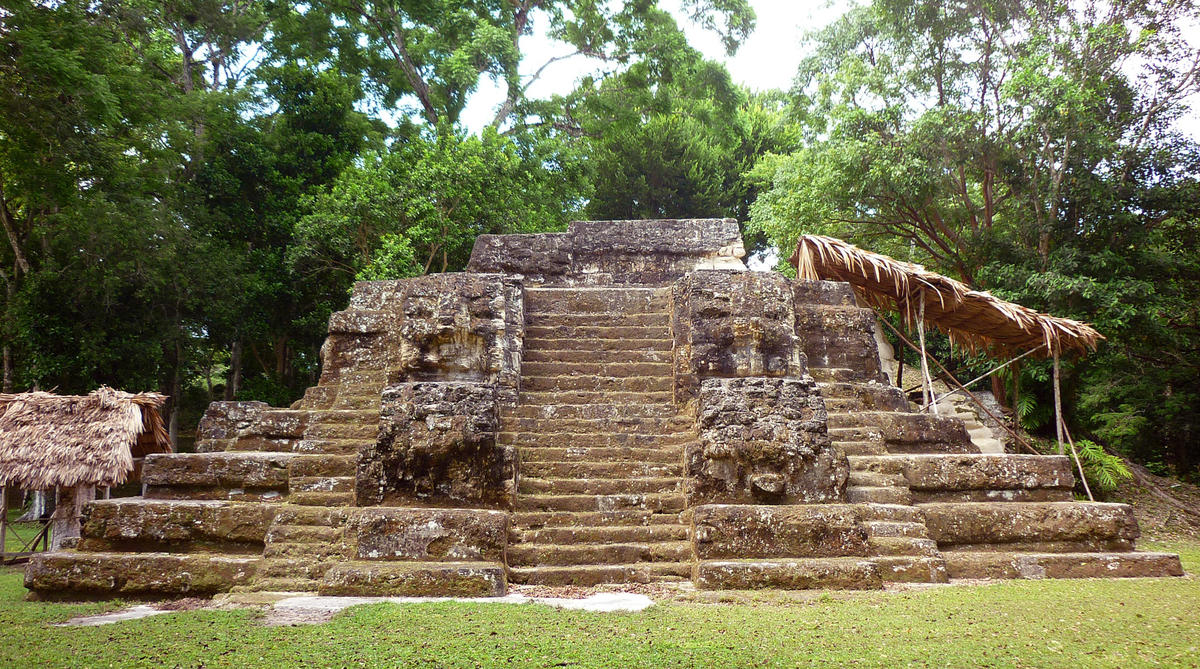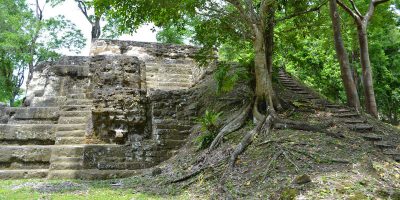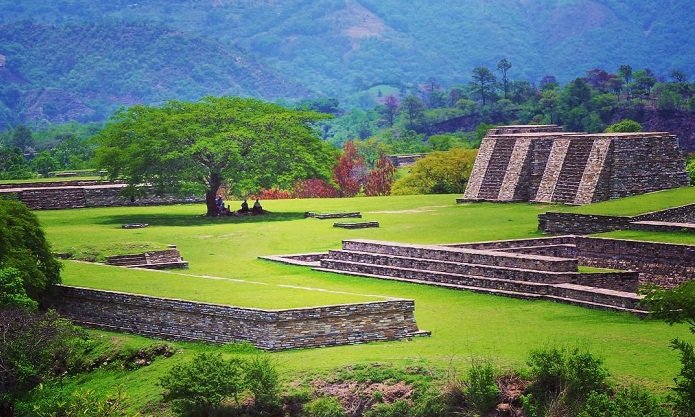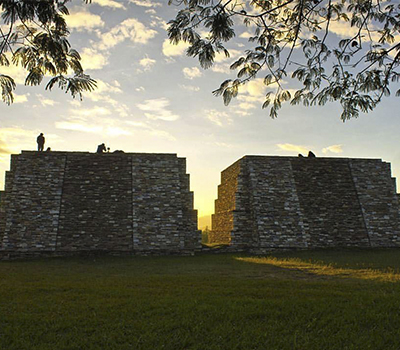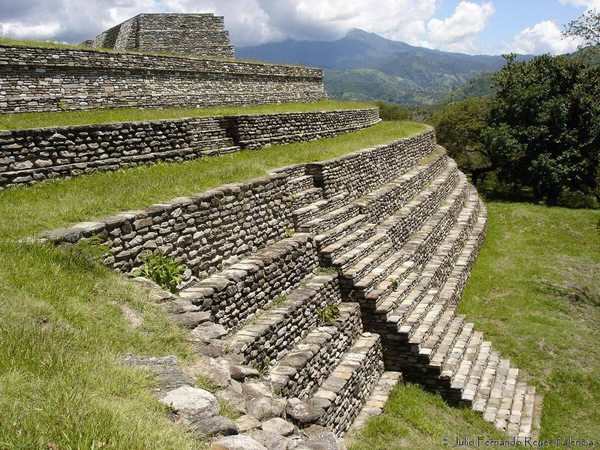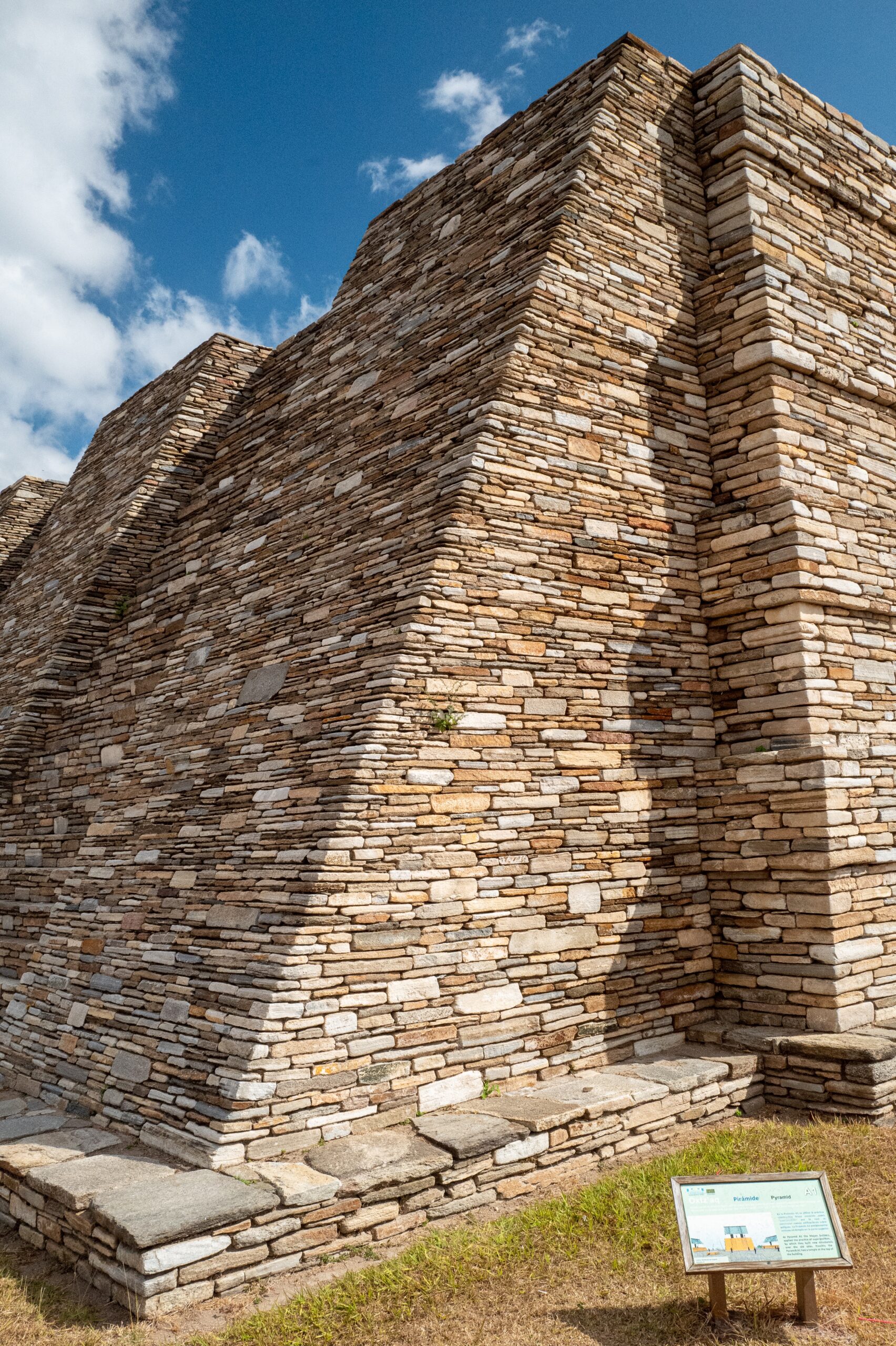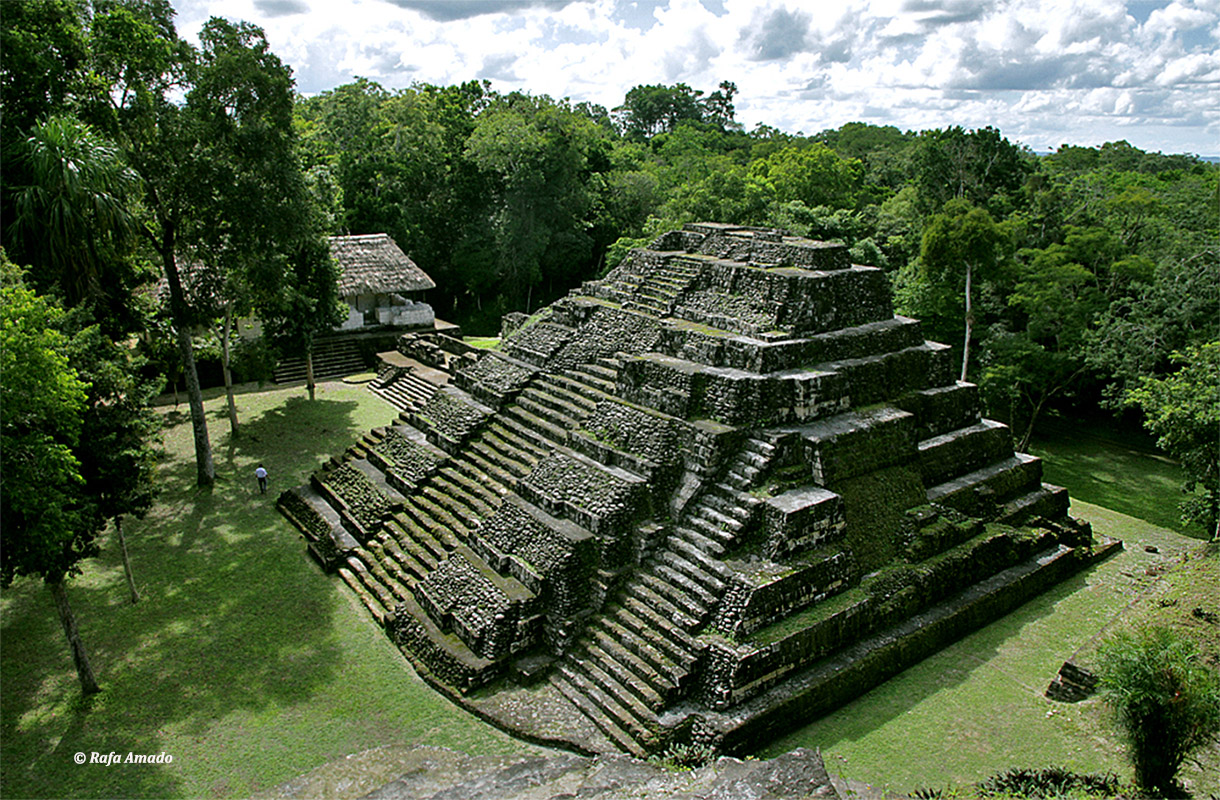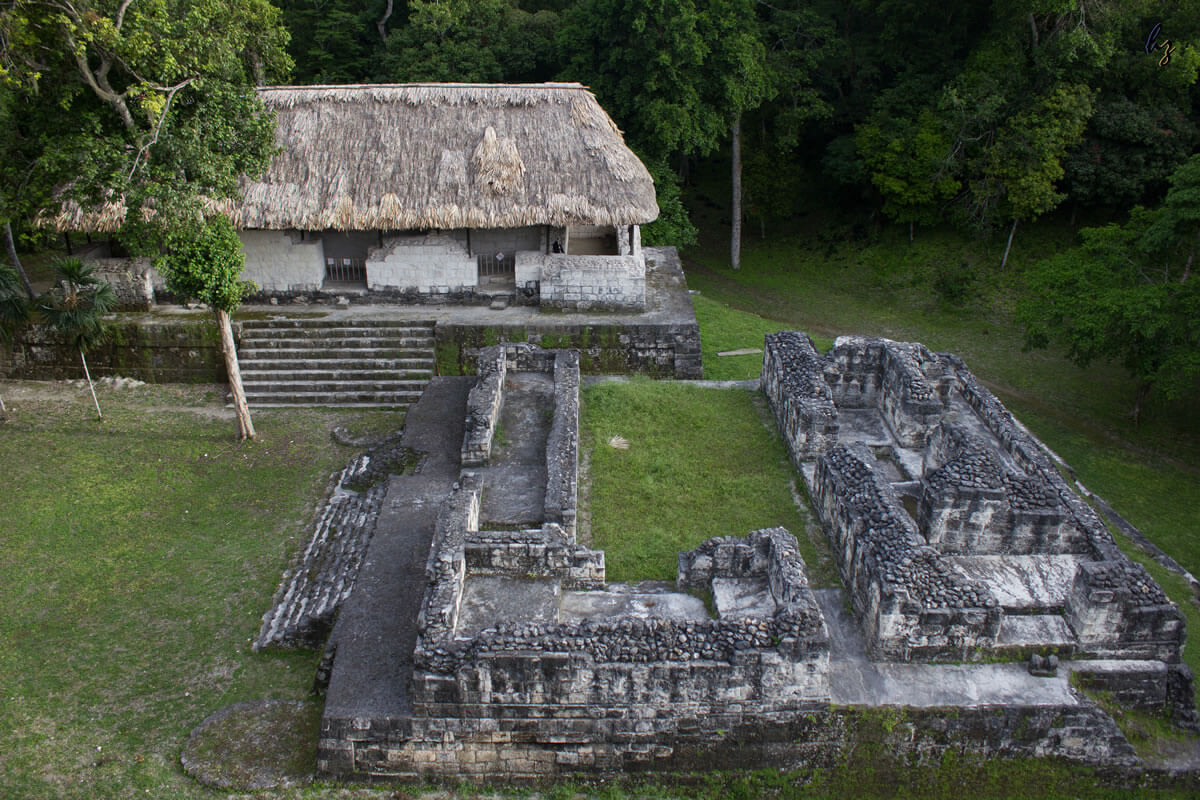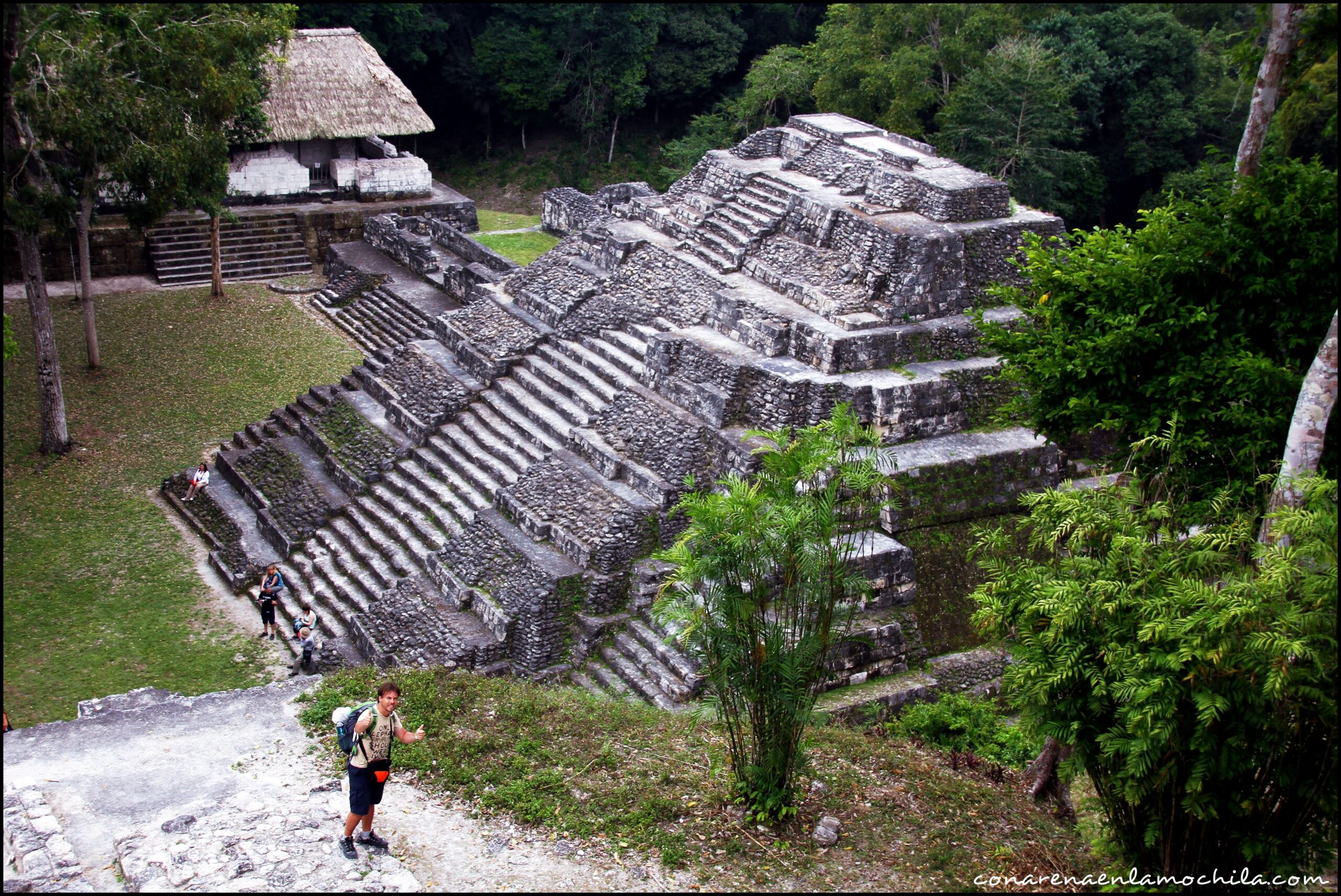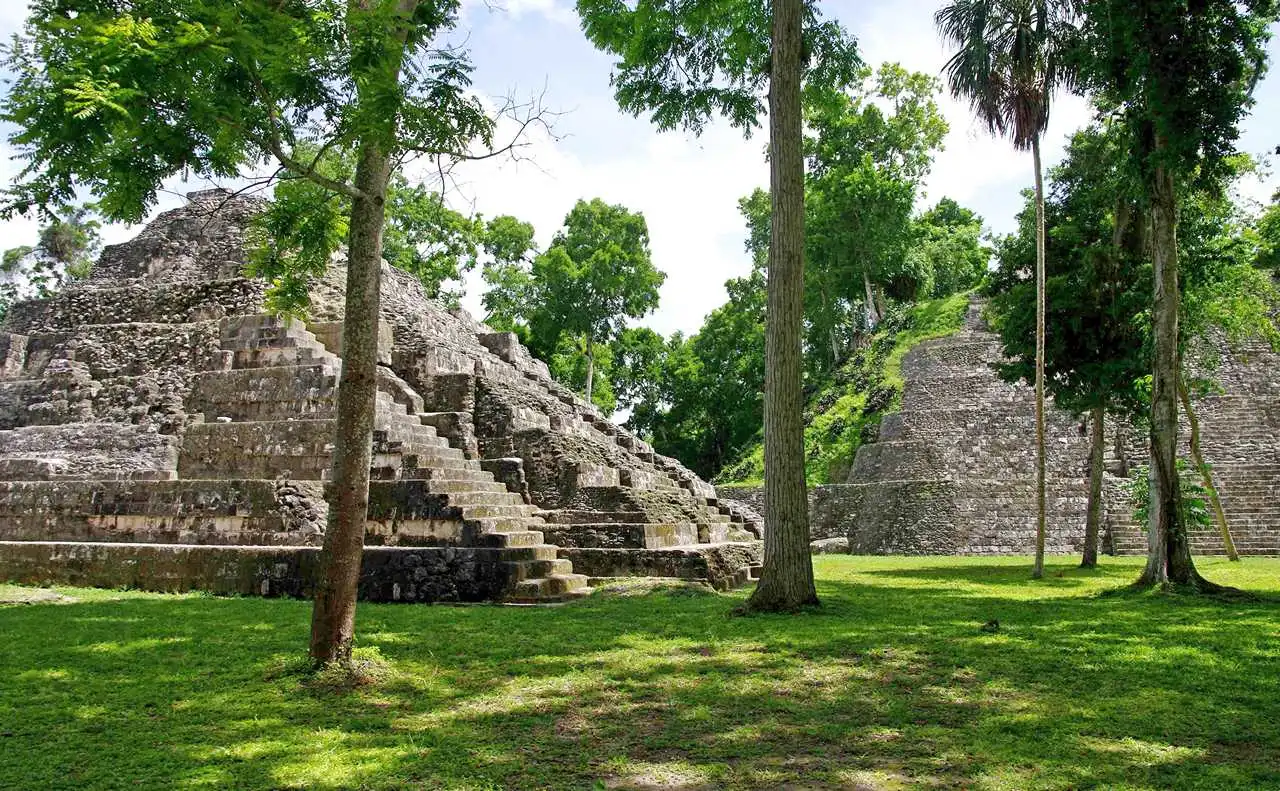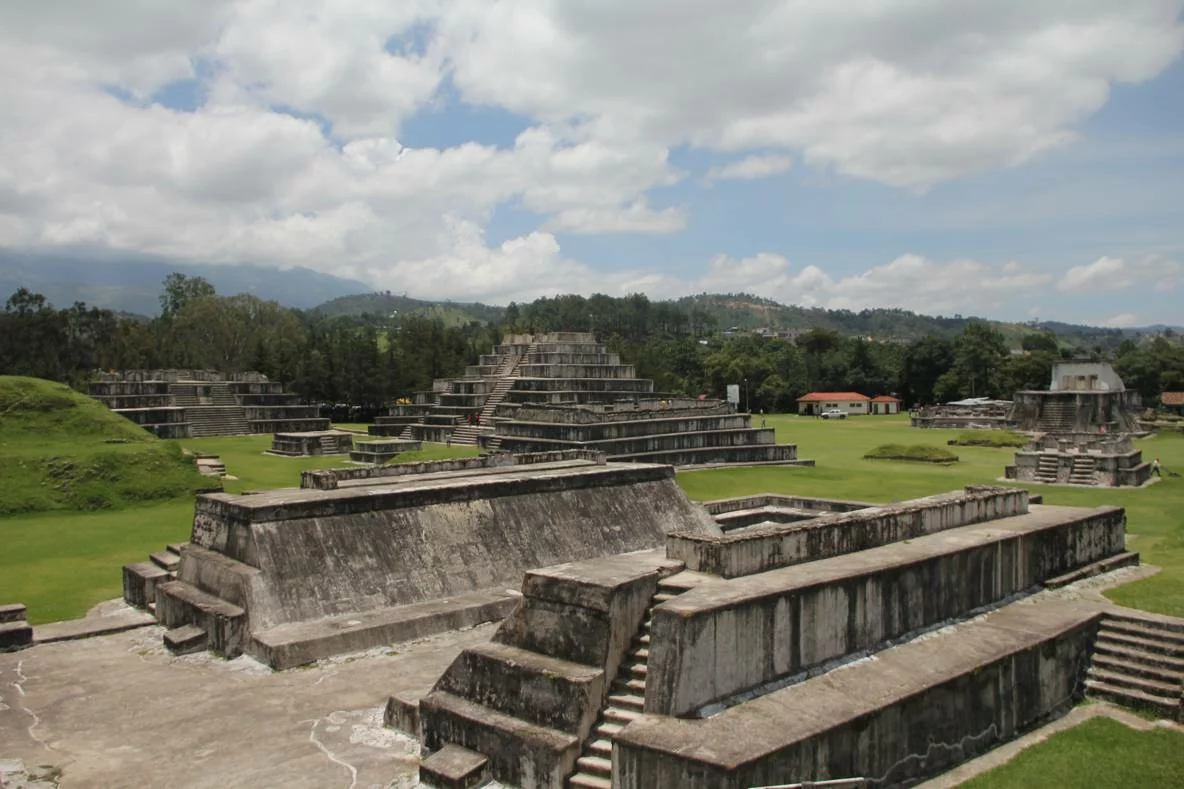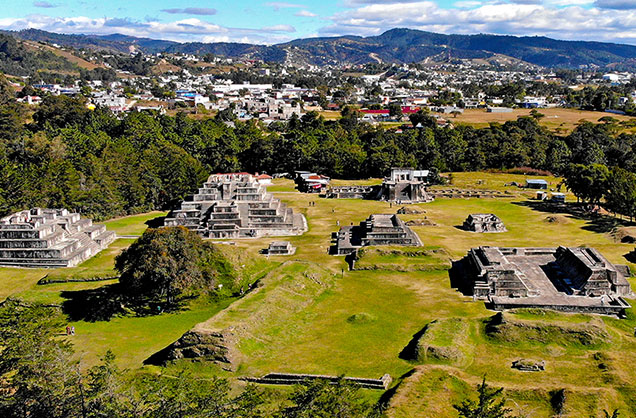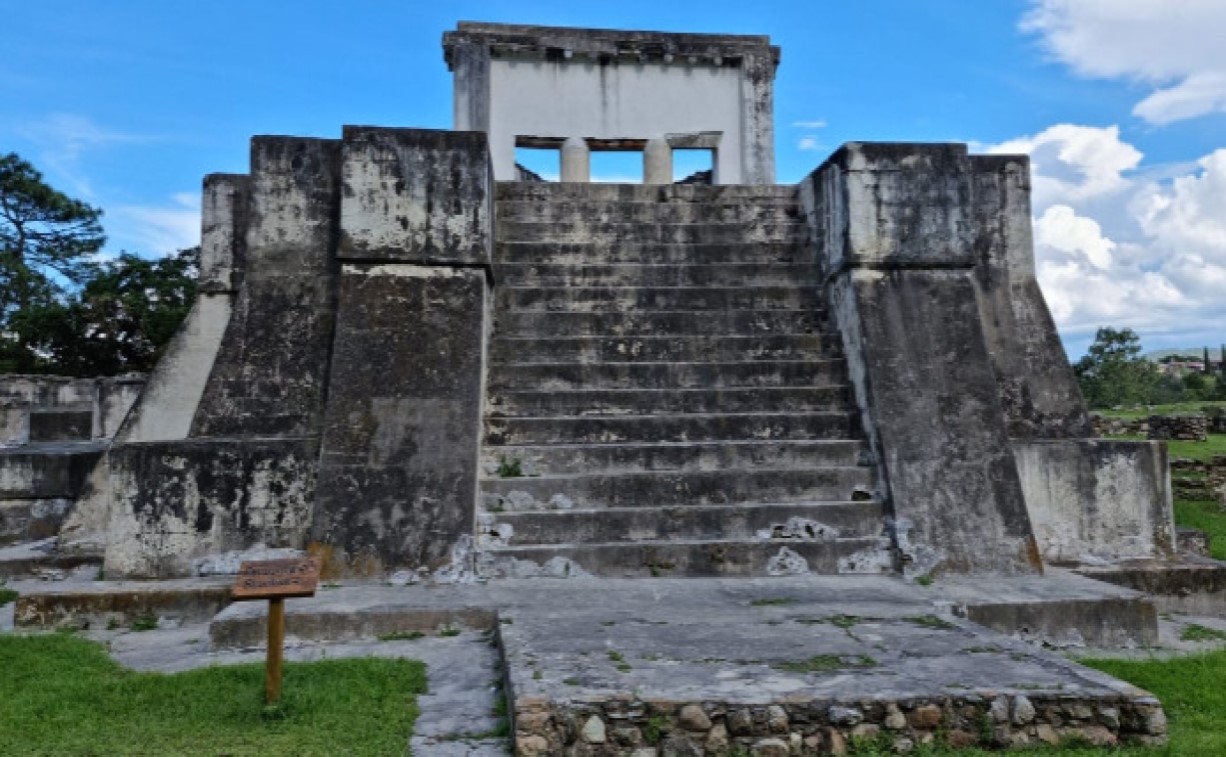
Mayan Route Guatemala
Peten Area:
Other areas in Guatemala:
Quirigua, Kaminal Juyu, Mixco Viejo, Iximche, Zaculeu, etc.
Mayan City of Tikal:
Tikal, located in the heart of Guatemala’s Petén jungle, is one of the most iconic archaeological sites of the ancient Maya civilization. With its towering pyramids, intricate temples, and lush tropical backdrop, it offers filmmakers a unique and visually stunning setting for a variety of cinematic endeavors. As a UNESCO World Heritage Site, Tikal’s rich history and breathtaking natural beauty provide an unforgettable backdrop for any project.
Access and Climate
Tikal is accessible from Flores, which is about 65 kilometers away, with a drive of approximately 1.5 hours. Flores is connected to Guatemala City by domestic flights, and the site can also be reached by road, though the journey can be challenging due to the condition of the roads. Tikal’s tropical climate features a rainy season from May to October and a dry season from November to April, with temperatures ranging from 20°C to 32°C (68°F to 90°F). For smoother filming, the dry season is recommended.
A Cinematic Landscape
The grandeur of Tikal’s structures, such as the Temple of the Jaguar and the Great Plaza, offers a dramatic backdrop that contrasts beautifully with the surrounding jungle. The expansive site allows for a variety of scenes, from ceremonial rituals in the Grand Plaza to intimate moments amongst the ancient ruins. The lush Petén jungle adds an element of mystery and adventure, with the sounds of howler monkeys and tropical birds enhancing the atmospheric quality of the film.
Sunset and Sunrise Magic
The elevated pyramids of Tikal offer breathtaking views of the jungle canopy, especially at sunrise and sunset. These moments infuse any film with an ethereal, magical quality, as the changing sky casts new colors over the timeless ruins. The play of light and shadow against the ancient structures provides a visually striking and atmospheric setting.
Challenges for Filming
Filming in Tikal presents some logistical challenges. The remote location, dense jungle, and wildlife can complicate transportation and sound recording. The frequent rains during the wet season can disrupt shooting schedules. Additionally, some areas of the site are restricted to preserve its cultural heritage, so securing filming permits in advance is essential. Local guides can provide historical context and valuable insights into the significance of the site, which can add authenticity and depth to your project.
Conclusion
Tikal is a cinematic gem, offering filmmakers the opportunity to create visually captivating stories set against the backdrop of an ancient civilization and lush natural beauty. Whether you’re working on historical dramas, adventure films, or fantasy tales, Tikal’s grandeur, mystique, and historical depth make it a perfect choice for your next project. With proper planning and the guidance of local experts, you can bring your vision to life in one of the most extraordinary and visually rich settings on earth.
El Mirador
Overview: El Mirador, nestled deep within the Petén jungle of Guatemala, stands as one of the most significant and visually striking archaeological sites of the ancient Maya civilization. For filmmakers seeking a backdrop that exudes grandeur, mystery, and historical richness, El Mirador offers a cinematic canvas like no other.
Architectural Marvels: The centerpiece of El Mirador is the colossal La Danta pyramid, one of the largest pyramids in the world. Rising dramatically above the jungle canopy, its sheer size and architectural complexity provide filmmakers with a monumental setting for epic tales, ancient rituals, or explorations of lost civilizations.
The Cradle of Maya Civilization: Often referred to as the “Cradle of Maya Civilization,” El Mirador predates other Maya cities, with its origins dating back over 2,000 years. The site’s sprawling complexes, including pyramids, causeways, and acropolises, speak to the advanced urban planning and cultural sophistication of the ancient Maya.
Untouched Jungle Ambiance: Filming in El Mirador allows for a seamless blend of archaeological wonders and the untouched beauty of the Petén jungle. The dense foliage, exotic wildlife, and ambient sounds create an atmospheric backdrop, immersing audiences in the mystique of an ancient world hidden beneath the green canopy.
Elevated Cinematic Vistas: The elevated structures of El Mirador, such as the Tigre and Monos pyramids, provide filmmakers with stunning panoramic vistas. Capturing sunrise or sunset scenes from these ancient heights adds a magical touch to the cinematography, offering breathtaking views of the surrounding jungle.
Exploration and Discovery: El Mirador’s vast archaeological site, which includes residential areas, ceremonial centers, and causeways, provides filmmakers with diverse settings for storytelling. Scenes of archaeological exploration, ceremonial rituals, or intimate character interactions can unfold within this historically rich landscape.
Logistical Considerations: Given its remote location, filming in El Mirador requires meticulous planning. Securing permits, collaborating with local experts and archaeologists, and respecting the preservation guidelines are essential considerations for a successful and respectful film production in this archaeological marvel.
In conclusion, El Mirador beckons filmmakers to unravel the mysteries of a civilization lost in time. With its monumental structures, lush surroundings, and historical significance, El Mirador offers a unique and evocative setting for cinematic storytelling that transcends the boundaries of both space and time.
San Bartolo
Uaxactún
Historical Significance: Uaxactún, nestled in the heart of the Petén jungle in Guatemala, is an ancient Maya archaeological site that offers filmmakers a unique canvas for cinematic storytelling. Its name, meaning “Eight Stones” in the Maya language, reflects its historical significance as a ceremonial and astronomical center.
Astronomical Observatory: One of the notable features of Uaxactún is its astronomical observatory, known as Group E. This complex of structures was strategically aligned to observe celestial events such as the solstices and equinoxes. Filmmakers can leverage this astronomical connection to weave narratives around ancient Maya cosmology, rituals, and the mystical significance of celestial phenomena.
Stelae and Hieroglyphics: Uaxactún boasts a collection of intricately carved stelae and altars adorned with hieroglyphics. These ancient inscriptions provide a rich visual backdrop for films exploring the Maya script, historical events, and ceremonial practices. The stelae can serve as dramatic focal points for storytelling.
Compact Site and Jungle Setting: The relatively compact size of Uaxactún, compared to larger Maya cities, allows filmmakers to capture the intimate details of ancient structures set against the lush greenery of the jungle. The site’s smaller scale offers opportunities for close-ups and intricate cinematography.
Historical Context: Uaxactún, dating back to the Middle Preclassic period, has a history intertwined with nearby major centers like Tikal. Filmmakers can explore the interactions between smaller ceremonial sites and larger urban centers, portraying the complex social and political dynamics of ancient Maya civilization.
Cultural Heritage: The site’s temples, plazas, and residential structures offer a glimpse into the daily life of the ancient Maya. Filming within this cultural tapestry allows for the portrayal of everyday activities, religious ceremonies, and the vibrant traditions of a civilization deeply connected to the natural world.
Logistical Considerations: Filming in Uaxactún requires careful coordination with archaeological authorities to ensure the preservation of this historical site. Respectful engagement with local experts and adherence to preservation guidelines are vital for a successful and responsible film production.
In essence, Uaxactún invites filmmakers to step into the ancient Maya world, offering a blend of historical richness, astronomical intrigue, and the enchanting ambiance of the Petén jungle. Whether capturing the alignment of celestial bodies or unraveling tales etched in stone, Uaxactún provides a captivating setting for cinematic exploration.
Mixco Viejo
Mixco Viejo is a beautiful archaeological site known as the ancient capital of the Mayans-Poqoman that contains a group of pyramidal constructions preserved in good condition. The style differs somewhat from the original features found in cities located to the north such as Petén. The vegetation surrounds and mixes with the place, providing harmonious views between the natural and the restored buildings.
Yaxhá & Topoxte
Nestled in the lush Petén jungle of Guatemala, Yaxhá emerges as a cinematic gem, offering filmmakers a unique blend of historical richness and natural beauty.
Historical Majesty: Yaxhá, meaning “blue-green water,” stands as a testament to Maya architectural brilliance. Its sprawling complex includes pyramids, plazas, and stelae, providing a versatile backdrop for cinematic storytelling. The structure known as Structure 216, with its panoramic views, adds a touch of grandeur to any film.
Sunset Serenity: One of Yaxhá’s cinematic highlights is its sunset spectacle. Filmmakers can capture the vibrant hues of the setting sun against the silhouette of ancient structures, creating visually stunning and emotionally resonant scenes.
Natural Integration: The site seamlessly integrates with the surrounding jungle, offering filmmakers the chance to depict the coexistence of ancient civilizations and nature. The ambient sounds of the jungle and the timeless presence of wildlife enrich the sensory experience of cinematic storytelling.
Topoxté, situated on an island in Lake Yaxhá, provides filmmakers with a unique setting, blending water and ancient ruins. Topoxté’s island location adds an extra layer of intrigue to cinematic narratives. Scenes featuring the interaction of ancient civilizations with water bodies, boat journeys, or island life can be artfully crafted in this setting.
Archaeological Intimacy: As a smaller archaeological site, Topoxté offers filmmakers an opportunity for more intimate storytelling. The compact layout allows for detailed shots and close-ups of well-preserved structures, conveying a sense of historical authenticity.
Lake Reflections: Lake Yaxhá surrounding Topoxté provides reflective surfaces that can be creatively used in cinematography. The mirror-like waters offer opportunities for visually captivating shots, especially during calm moments or atmospheric scenes.
Logistical Considerations:
Filming in Yaxhá and Topoxté requires coordination with archaeological authorities to ensure the preservation of these historical sites. Respecting preservation guidelines, engaging with local experts, and securing necessary permits are crucial for a successful and responsible film production.
In summary, Yaxhá and Topoxté invite filmmakers to explore the intersection of ancient civilizations, natural beauty, and cultural richness. These twin Maya cities offer a diverse range of settings to craft cinematic tales that resonate with historical authenticity and visual splendor.
Zaculeu
Historical Richness: Zaculeu, situated in the Western Highlands of Guatemala, in Huehuetenenago. stands as a captivating archaeological site that offers filmmakers a unique glimpse into the history of the Mam Maya civilization. The city’s well-preserved structures, including pyramids, plazas, and ball courts, provide a rich historical backdrop for cinematic storytelling.
Architectural Grandeur: The architectural grandeur of Zaculeu is characterized by its stone structures, intricate carvings, and ceremonial platforms. Filmmakers can leverage these features to portray the regal majesty of ancient Maya rulers, religious ceremonies, and the daily life of this once-thriving city.
Strategic Location: Perched atop a hill, Zaculeu offers filmmakers sweeping views of the surrounding landscape. The strategic location can be used to create visually striking scenes, capturing the city’s dominance over the Western Highlands and providing a dramatic setting for storytelling.
Cultural Tapestry: Zaculeu reflects the cultural tapestry of the Mam Maya people, and filmmakers can use this setting to delve into the unique customs, rituals, and traditions of this ancient civilization. The site’s compact layout allows for immersive storytelling, showcasing the daily activities of its inhabitants.
Sunset Ambiance: As the sun sets over the Western Highlands, Zaculeu takes on a magical ambiance. Filmmakers can capture the warm hues of the setting sun against the stone structures, creating visually stunning and emotionally resonant scenes that convey the passage of time.
Logistical Considerations: Filming in Zaculeu requires collaboration with archaeological authorities to ensure respectful use of the site. Respecting preservation guidelines, engaging with local experts, and obtaining necessary permits are essential for a successful film production in this historically significant location.
In essence, Zaculeu offers filmmakers a cinematic journey into the heart of the Western Highlands, where ancient history, architectural splendor, and cultural vibrancy converge to create a visually captivating and historically rich backdrop for storytelling.


